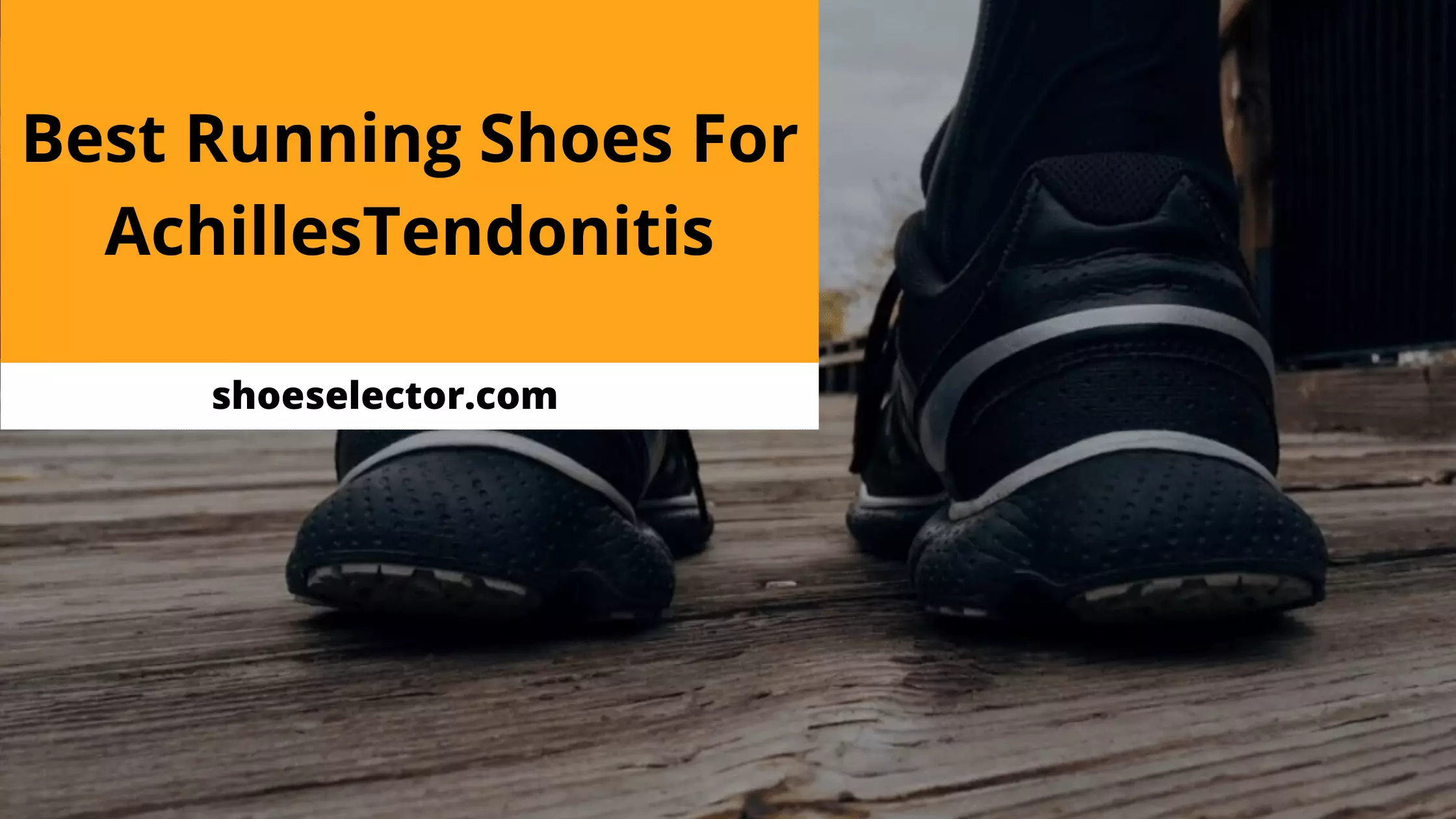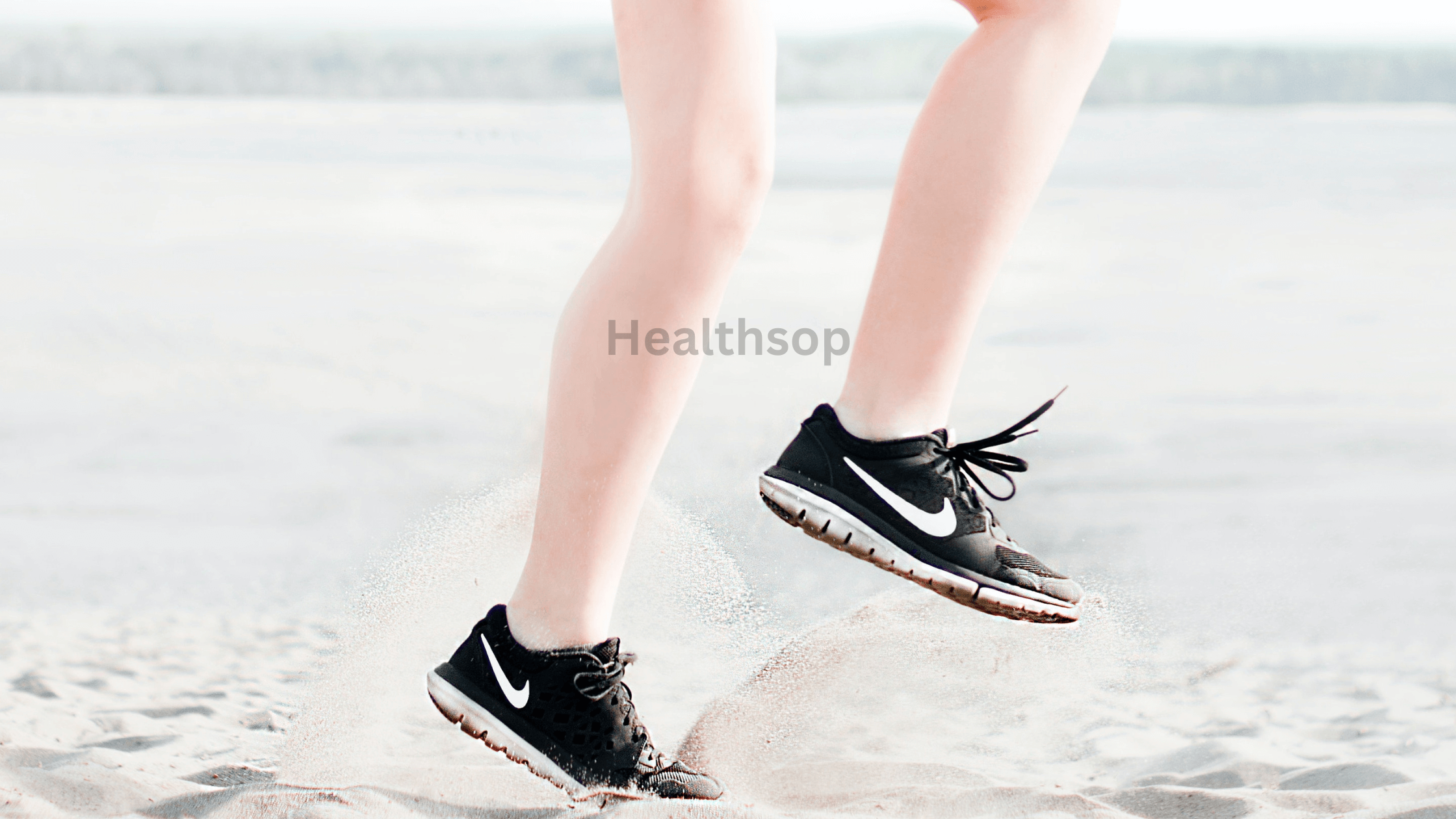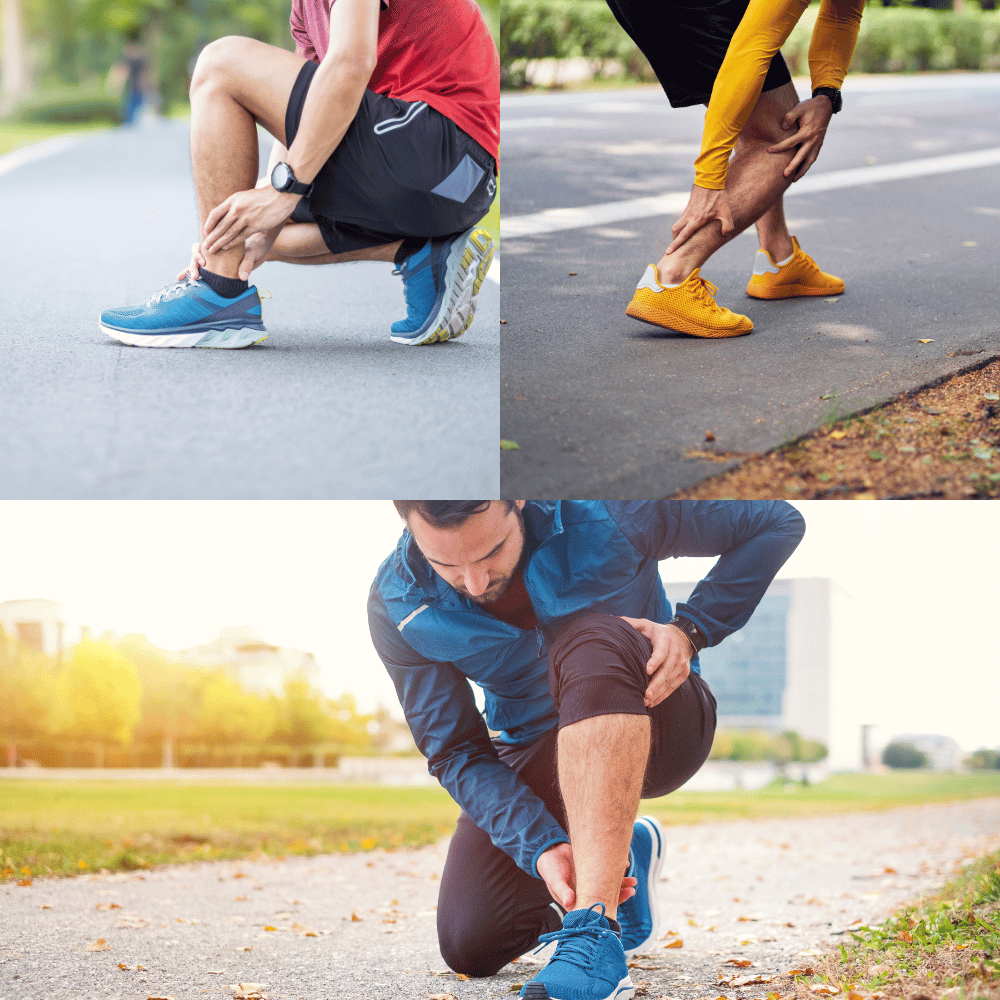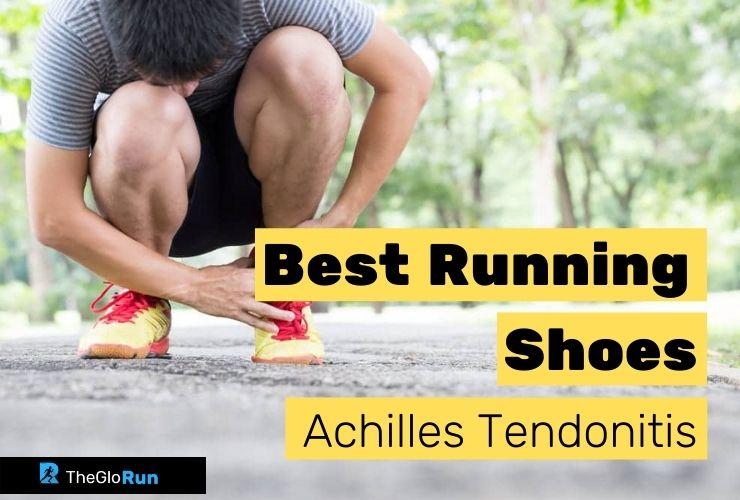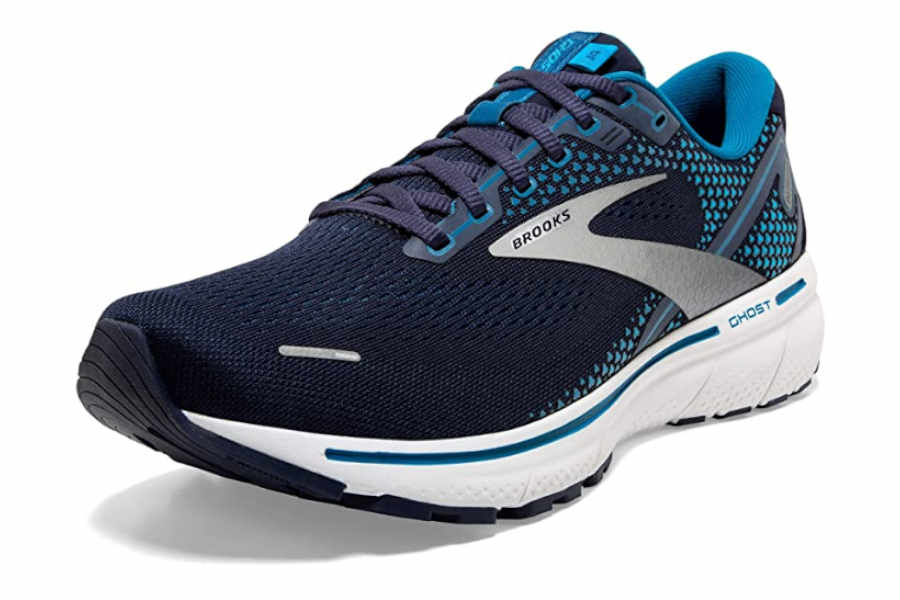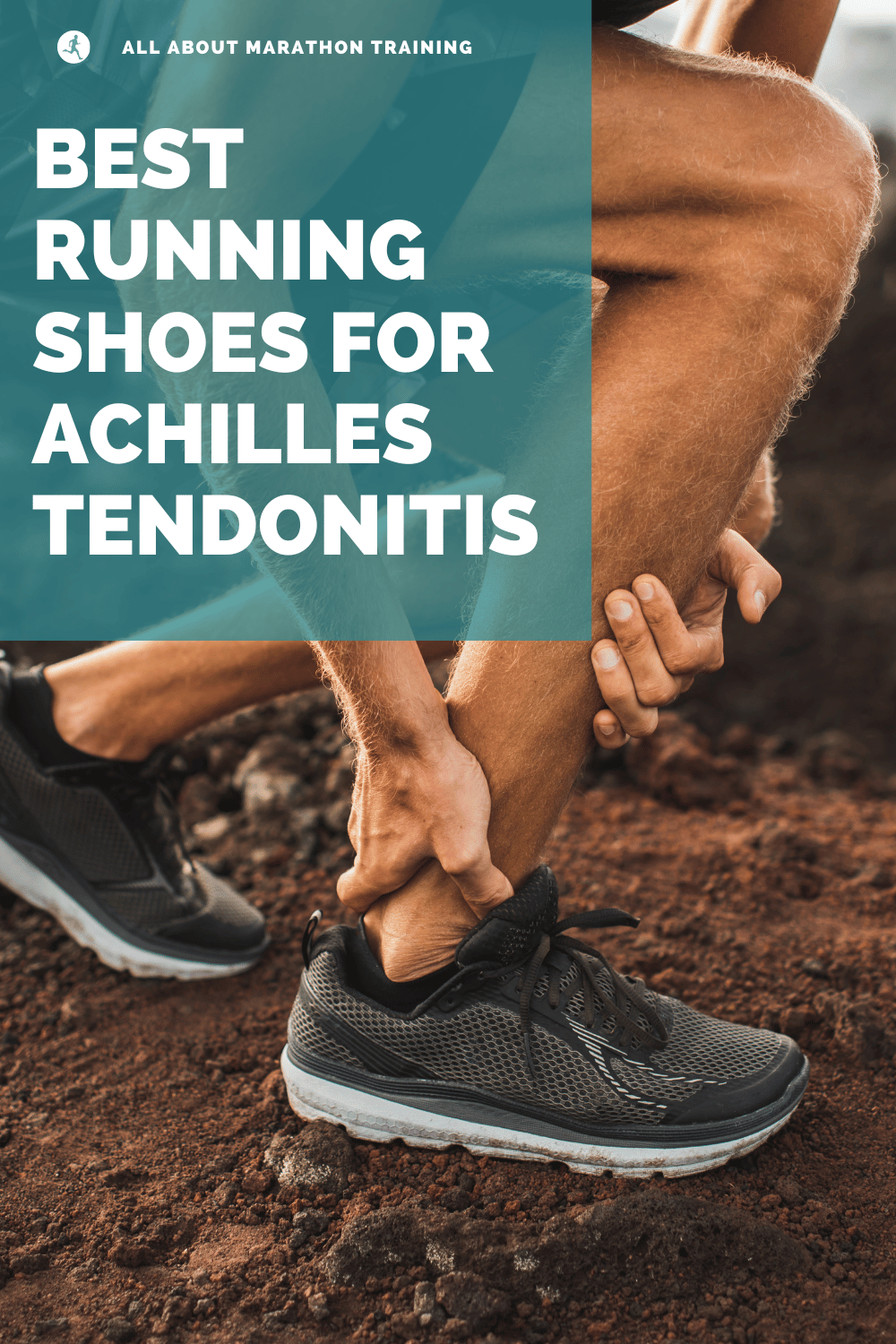Best Running Shoes For Bad Achilles
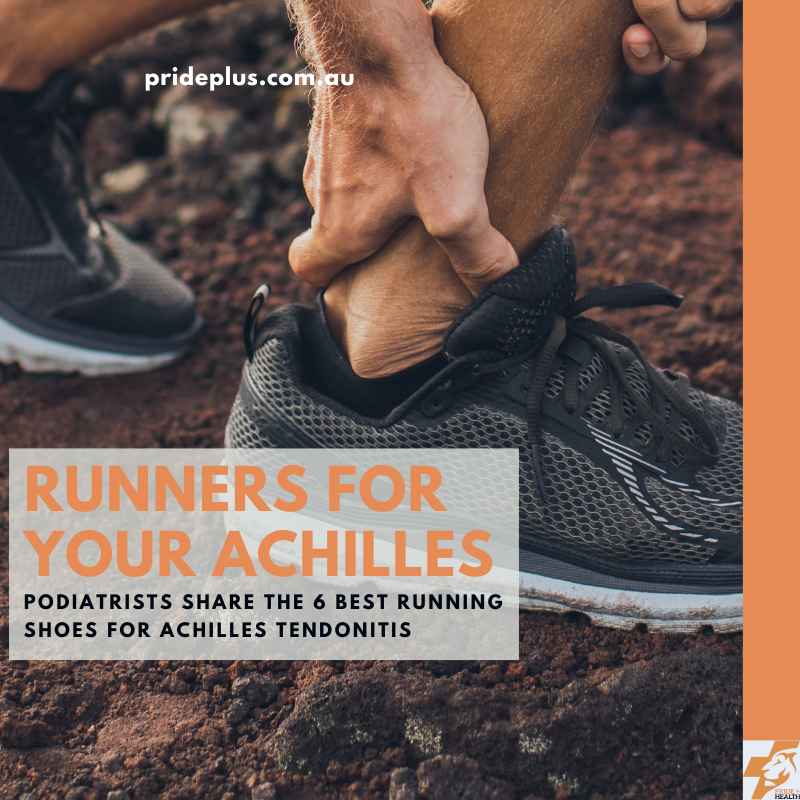
The searing pain in the heel, the morning stiffness that makes those first steps excruciating – Achilles tendonitis can sideline even the most dedicated runner. Choosing the right shoe is not just about comfort; it's about actively mitigating the stress on this vulnerable tendon, preventing further injury, and facilitating recovery.
This article delves into the crucial features of running shoes designed to alleviate pressure on the Achilles tendon, providing expert recommendations and insights to help runners make informed decisions. We will explore specific shoe characteristics, expert opinions, and emerging technologies, offering a comprehensive guide for those seeking relief and continued activity.
Understanding Achilles Tendonitis and Shoe Selection
Achilles tendonitis occurs when the Achilles tendon, which connects the calf muscles to the heel bone, becomes inflamed. Overuse, improper training, and inadequate footwear are common culprits. Selecting a shoe that addresses these factors can be pivotal in managing the condition.
Key features to consider include heel-to-toe drop, cushioning, stability, and overall support. Each of these elements plays a vital role in reducing strain on the Achilles tendon. A higher heel-to-toe drop, for instance, can lessen the stretch placed on the tendon during each stride.
The Importance of Heel-to-Toe Drop
The heel-to-toe drop, the difference in height between the heel and the forefoot, is a critical consideration. Shoes with a higher drop (typically 10-12mm) elevate the heel, effectively reducing the range of motion required by the ankle joint. This can significantly decrease the stress on the Achilles tendon.
However, a lower drop (0-4mm) or a neutral shoe may be preferable for some runners, especially those with a forefoot strike. A gradual transition to a lower drop is often recommended to avoid overloading the Achilles tendon initially.
Cushioning and Shock Absorption
Adequate cushioning is essential for absorbing impact and reducing stress on the joints, including the ankle and Achilles tendon. Shoes with ample cushioning, particularly in the heel area, can minimize the jarring forces that contribute to inflammation.
Materials like EVA foam and gel are commonly used in midsoles to provide cushioning and shock absorption. Look for shoes that offer a balance of cushioning and responsiveness to ensure comfort and efficient energy transfer.
Stability and Support
Proper support is crucial for maintaining alignment and preventing excessive pronation (inward rolling of the foot), which can exacerbate Achilles tendonitis. Stability shoes often feature medial posts or other technologies to control pronation and provide additional support.
Neutral shoes are generally suitable for runners with a neutral gait, but those with overpronation may benefit from a stability shoe. Consulting with a running specialist can help determine the appropriate level of support.
Recommended Shoe Models
Several running shoe models are consistently recommended for individuals with Achilles tendonitis. These shoes typically incorporate the features discussed above, providing a combination of cushioning, support, and appropriate heel-to-toe drop.
While specific recommendations vary depending on individual needs and preferences, the Brooks Adrenaline GTS, Saucony Guide, and Hoka Bondi are frequently cited as good options. These models offer a balance of stability, cushioning, and heel elevation.
"Choosing the right shoe is a crucial step in managing Achilles tendonitis. Consider the heel-to-toe drop, cushioning, and stability features to find a shoe that meets your specific needs," advises Dr. Emily Carter, a sports medicine physician.
Beyond the Shoe: Holistic Management of Achilles Tendonitis
While the right shoe can play a significant role in managing Achilles tendonitis, it is essential to adopt a holistic approach that includes other strategies. These may include stretching, strengthening exercises, rest, and ice.
Calf stretches, eccentric heel drops, and other exercises can help improve flexibility and strength in the Achilles tendon. It's important to consult with a physical therapist or healthcare professional to develop a personalized rehabilitation plan.
The Future of Running Shoe Technology
Ongoing research and development in running shoe technology continue to produce innovative solutions for addressing common running injuries, including Achilles tendonitis. New materials and designs are aimed at further enhancing cushioning, support, and injury prevention.
3D-printed midsoles, personalized fit technologies, and advanced cushioning materials are just a few examples of the advancements shaping the future of running shoes. These innovations hold the potential to provide even greater relief and support for runners with Achilles tendonitis.
Ultimately, finding the best running shoe for bad Achilles involves considering a range of factors, from heel-to-toe drop to cushioning and support. By understanding these elements and consulting with experts, runners can make informed decisions that help them stay active and pain-free. Remember, a proactive approach that combines appropriate footwear with targeted exercises and rest is key to successfully managing Achilles tendonitis and returning to running with confidence.


